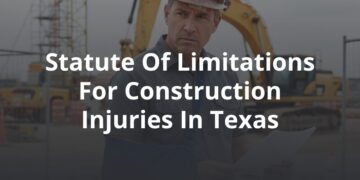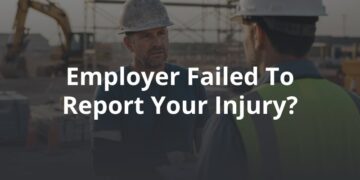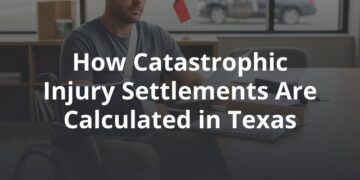What is a semi-truck, exactly? You’ve likely seen plenty of them as you travel along highways in Texas, as they are the giant vehicles that cross through the country to deliver goods of every type imaginable.
As common as these vehicles are, however, most people don’t know much about them unless they have driven one. With that said, here are four things you probably don’t know about semi-trucks:
1. Why Is It Called a “Semi-Truck?”
Have you ever seen the term and wondered, “Why are semi-trucks called semi-trucks?” You wouldn’t be the first to do so, as the name seems particularly odd for a vehicle that is one of the largest on the road.
Semi-Truck vs. Full Truck
Technically, the word “semi-truck” only refers to the front portion of the enormous vehicle you see lumbering down the road. The back half is a detachable trailer. Combined, a semi and a trailer are usually known as a tractor-trailer or an 18-wheeler. Occasionally, you will see a semi-truck driving without a trailer, but never the opposite.
2. What Type of License Is Required To Drive a Semi-Truck?
You can’t drive a semi-truck with a standard driver’s license. Instead, you need a commercial driver’s license (CDL), which is much more difficult to obtain compared to a traditional driver’s license. What’s more, a CDL can be suspended for reasons that a standard driver’s license can’t.
All commercial driver’s licenses are regulated by both state and federal law. The latter allows a CDL to be suspended based on convictions in other states. Many of these convictions would only result in points on a license or even just a fine with a standard license, but a CDL can be suspended anywhere between two months and a lifetime for the same offenses.
The rules for maintaining a CDL are strict because driver error or alcohol use can lead to devastating accidents.
3. How Large Are Semi-Trucks?
Without a trailer attached, a semi-truck can weigh anywhere from 10,000 to 25,000 pounds. An empty trailer adds approximately another 10,000 pounds. If it is fully loaded with cargo, it can weigh as much as a total of 80,000 pounds.
Additionally, most semi-trucks are roughly eight and a half feet wide, slightly over 13 feet tall, and between 20 and 35 feet long. The trailers that they tow are usually around 50 or 60 feet long.
Occasionally, you will see a semi-truck with multiple trailers behind it, combining together into a total length of over 100 feet. Nevertheless, it will never weigh more than 80,000 pounds. Such limits on these trucks exist to help prevent truck accidents.
4. What Do Semi-Trucks Carry?
Semi-trucks can carry virtually any type of cargo so long as it fits on or in the trailer.
With that said, semi-trucks typically carry the following items:
- Food
- Hardware
- New cars being delivered to dealerships
- Hazardous materials
- Oil and other liquids
- Livestock
That list, however, doesn’t even begin to account for everything that can be carried in a semi-truck. They have been used to deliver military supplies, including tanks and planes, and even entire houses have been shipped using semi-trucks.
Few People Know Much About These Kings of the Road
Semi-trucks have been carrying cargo around the U.S. for generations. But most people know little more than their demanding and daunting presence. The facts above might help make them a little less scary.
Contact Our Truck Accident Law Firm in Austin, TX
If you’ve been injured in an accident in Austin and need legal help, contact our Austin truck accident lawyers at FVF Law to schedule a free consultation with our team.
FVF Law
3101 Bee Caves Rd #301, Austin, TX 78746, United States
(512) 982-9328





